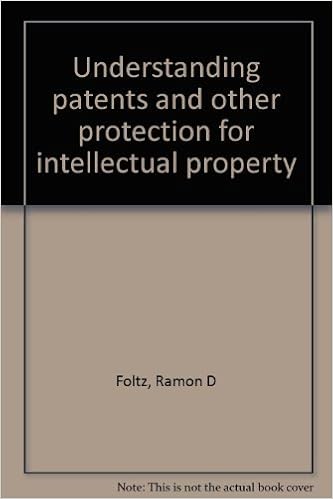

Gem Burneth E. Lacambra
Student
Email: gem02.lacambra@gmail.com
Note: This guide was created as one of the requirements for the LIS subject, Information Literacy.
The copyright or author's rights a legal term used to describe the rights that authors have over their literary and artistic works
This guide seeks to:

Copyright (©) is a legal means of protecting an author's work. It is a type of intellectual property that provides exclusive publication, distribution, and usage rights for the author. This means whatever content the author created cannot be used or published by anyone else without the consent of the author
There are three basic requirements for copyright protection: that which is to be protected must be a work of authorship; it must be original, and it must be fixed in a tangible medium of expression (Copyright.gov, 2020)
Under Philippine law, copyright infringement occurs when there is a violation of any of the exclusive economic or moral rights granted to the copyright owner. It may also consist in aiding or abetting such infringement. The IP Code also provides for the liability of a person who at the time when copyright subsists in a work has in his possession an article which he knows, or ought to know, to be an infringing copy of the work for the following purposes:
(a) selling or letting for hire, or by way of trade offering or exposing for sale or hire, the article;
(b) distributing the article for the purpose of trade, or for any other purpose to an extent that will prejudice the rights of the copyright owner in the work; or
(c) trade exhibit of the article in public.
Under Philippine law, copyright infringement is punishable by the following:
Injunction and destruction of the infringing goods or products can also be obtained, as well as seizure and impounding of any article which may serve as evidence in the court proceedings.
Art can be defined as the expression of creative skill in a visual form. On the other hand, Literature refers to written works regarded as having artistic merit. The key difference between art and literature is that while art generally tends to be visual and auditory, literature is not. It is based on texts. Read more

| Artistic works | Literary Works | Musical Works |
|
paintings |
novels text books newspaper articles magazine articles journals poems song lyrics timetables technical manuals instruction manuals computer software computer games anthologies directories databases |
melodies
plays |
The following are the library resources about copyright both in print and electronic.
 Understanding Patents and Other Protection for Intellectual Property
by
Understanding Patents and Other Protection for Intellectual Property
by
The following can be accessed via ProQuest. Contact or CHAT BERTHA for your log-in details.
Pistorius, T., & Mwim, O. S. (2019). The impact of digital copyright law and policy on access to knowledge and learning. Reading & Writing, 10(1) doi:http://dx.doi.org/10.4102/rw.v10i1.196 [Access on ProQuest]
Wherry, T. L., & Dowding, M. R. (2003). The librarian's guide to intellectual property in the digital age: Copyrights, patents, and trademarks. Canadian Journal of Information and Library Science, 27(1), 79-80. Retrieved from https://www.proquest.com/scholarly-journals/librarians-guide-intellectual-property-digital/docview/213901147/se-2?accountid=35994
McLaren, C. (2003, Fall). Copyrights & copywrongs [copyrights and copywrongs: The rise of intellectual property and how it threatens creativity]. Matrix, 16-19. Retrieved from https://www.proquest.com/magazines/copyrights-copywrongs-rise-intellectual-property/docview/233368481/se-2?accountid=35994
Copyright Protection for Philippine Publications by Fe Angela M. Verzosa
Philippine Copyright Laws and eBooks on Pinoy Tech Blog